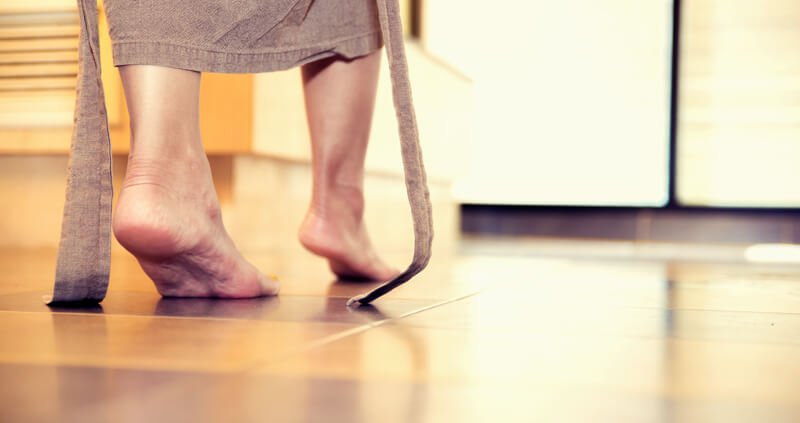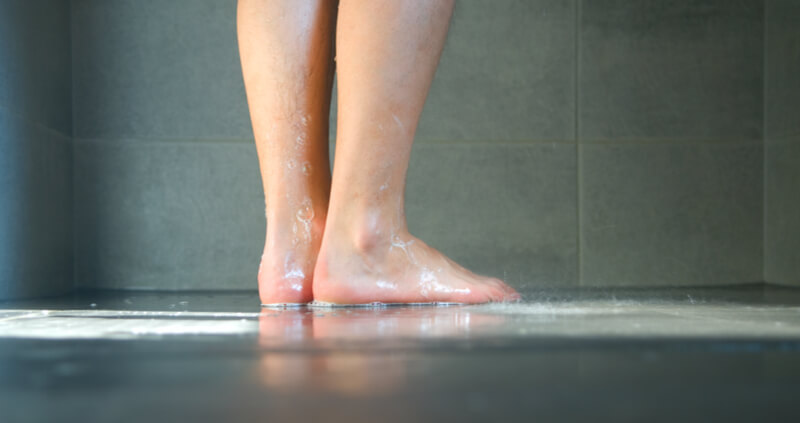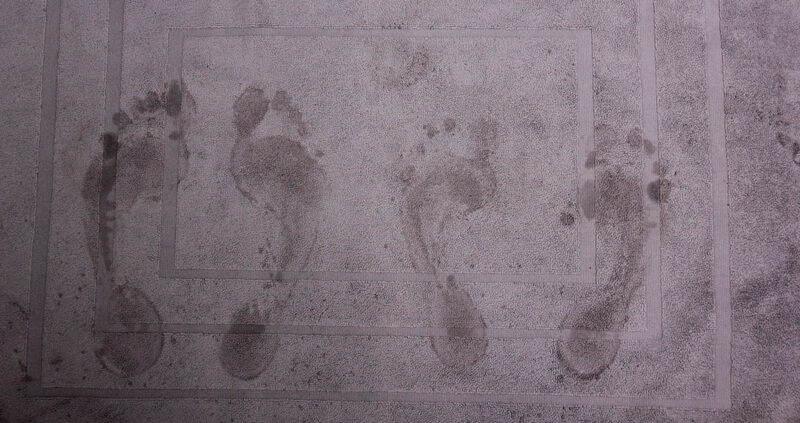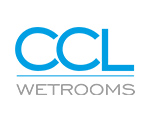
Keeping a wetroom floor dry is a common problem in many homes and properties.
Towel drying a wetroom floor after every shower can be tiresome and lengthy. However, maintaining a dry floor is important. A soaking wetroom could be hazardous as moisture settles on the surface, which causes it to become slippery and dangerous.
A dry wetroom floor decreases the chances of accidents, keeping it clean and easier to manage bacteria. Here are 6 handy tips to help keep your wetroom floor dry all year round.
1. Make Sure Your Wetroom is Well Ventilated
We can all follow rules that stop water from getting everywhere. Yet sometimes, no matter how hard we try, the floor still gets wet – that’s why wetrooms are completely waterproof, to prevent leakage from occurring. This solution stops moisture from escaping, but it can also make the floor-drying process difficult when water settles on the surface.
An effective and reliable ventilation system is a successful way of achieving a dry wetroom floor. Opening a window at the right time lets fresh air in and allows condensation to escape which will help your wetroom floor dry much quicker.
Ventilation is also vital for a hygienic and grime-free wetroom. Mould and bacteria thrive in moist, damp conditions which can cause skin and respiratory problems. Keeping windows open for around 15 minutes after showering allows fresh air to circulate, and neutralises any damp and unpleasant smells.
Another tip is to always make sure your extractor fan is switched on. This will draw out the moisture as you shower. If your wetroom doesn’t have an extractor fan, a portable air conditioner or dehumidifier makes an effective alternative.
2. Install an Effective Shower Enclosure in Your Wetroom
A shower enclosure or screen surrounds all or part of a shower area and restricts water from escaping. Not only will this help keep your wetroom floor dry, but it will also save you time during the cleaning process, preventing flooding and tiles from becoming loose.
Installing a high-quality shower enclosure or screen is a great way of keeping the wet and dry areas of separate from each other. This a simple and effortless preventative measure that stops excess water spray from soaking the rest of the wetroom including the floor.
A shower enclosure or screen can also become a feature of your wetroom as they are available in a large variety of sizes or styles and are generally manufactured using strengthened glass.

3. Install Underfloor Heating in Your Wetroom
If you are struggling to maintain a dry wetroom floor then underfloor heating could be the best option for you.
Underfloor heating systems provide constant heat beneath your feet. The even output of warm air helps to dry a wetroom floor and provides a comfortable, warm surface to walk on after showering.
Underfloor heating is unlike traditional heating systems such as wall-mounted radiators because they eradicate any hot and cold spots and provide a steady output of heat that removes moisture from your floor.
The added bonus of underfloor heating systems is that they are at least 25% more energy efficient than traditional heating systems – thus saving you money on your heating bills.
4. Select the Right Flooring and Drains for Your Wetroom
Choosing the right flooring for your wetroom will help to keep the floor surface dry. Therefore, careful consideration should be taken before picking the types of materials you wish to use.
Popular floor materials include tiles, vinyl, and rubber. It is essential to choose a non-slip, waterproof product for maximum safety.
Installing water-resistant tiles that are easy to clean will help to keep your wetroom dry and will decrease the chances of falls or slips, particularly if it is used by the elderly or children.
You must also fit the correct drain system to your area in order to maintain a dry floor area. Wetroom drains such as linear drains and four-way fall drains are suitable for a variety of floors including concrete floors, concrete slabs, screed floors as well as timber and beam floors.
Cleaning your drains will remove any products that could cause a blockage and ensure water runs smoothly away.

5. Add a Bathmat to Keep Your Wetroom Floor Dry
When you walk out of the shower it’s inevitable your feet will be wet, and water will accumulate on your floor.
You can avoid this happening by adding a simple bathmat right outside your shower.
A bathmat will soak up any excess water and prevent it from running onto your wetroom floor where it could become a hazard and stain your floor tiles. Bathmats made from cotton, memory foam, or microfibre have high absorption rates and are particularly effective in a wetroom environment.
Even if you add a bathmat, wearing absorbent bathroom slippers will also be helpful. Put them on immediately after a shower to ensure excess water doesn’t reach your floor.
6. Clean Regularly to Keep Your Wetroom Dry
Thorough and regular cleaning is a successful method for keeping your floor clean and dry.
It is worth investing in the best cleaning tools like steam mops and grout cleaners that keep your wetroom sparkling clean and bacteria free.
Doing this will eliminate wet areas where bacteria and germs grow faster and will eliminate damp smells that can be embarrassing when guests come. Not to mention it can also ruin the overall appearance of your wetroom.
Before you start cleaning, avoid buying cheap quality cleaning products that are ineffective, may stain your floor and could damage your wetroom tiles.
Need Help With Your Wetroom Design?
Our design team at CCL Wetrooms will help you plan and design your wetroom project from start to finish. Get in touch with us today.









